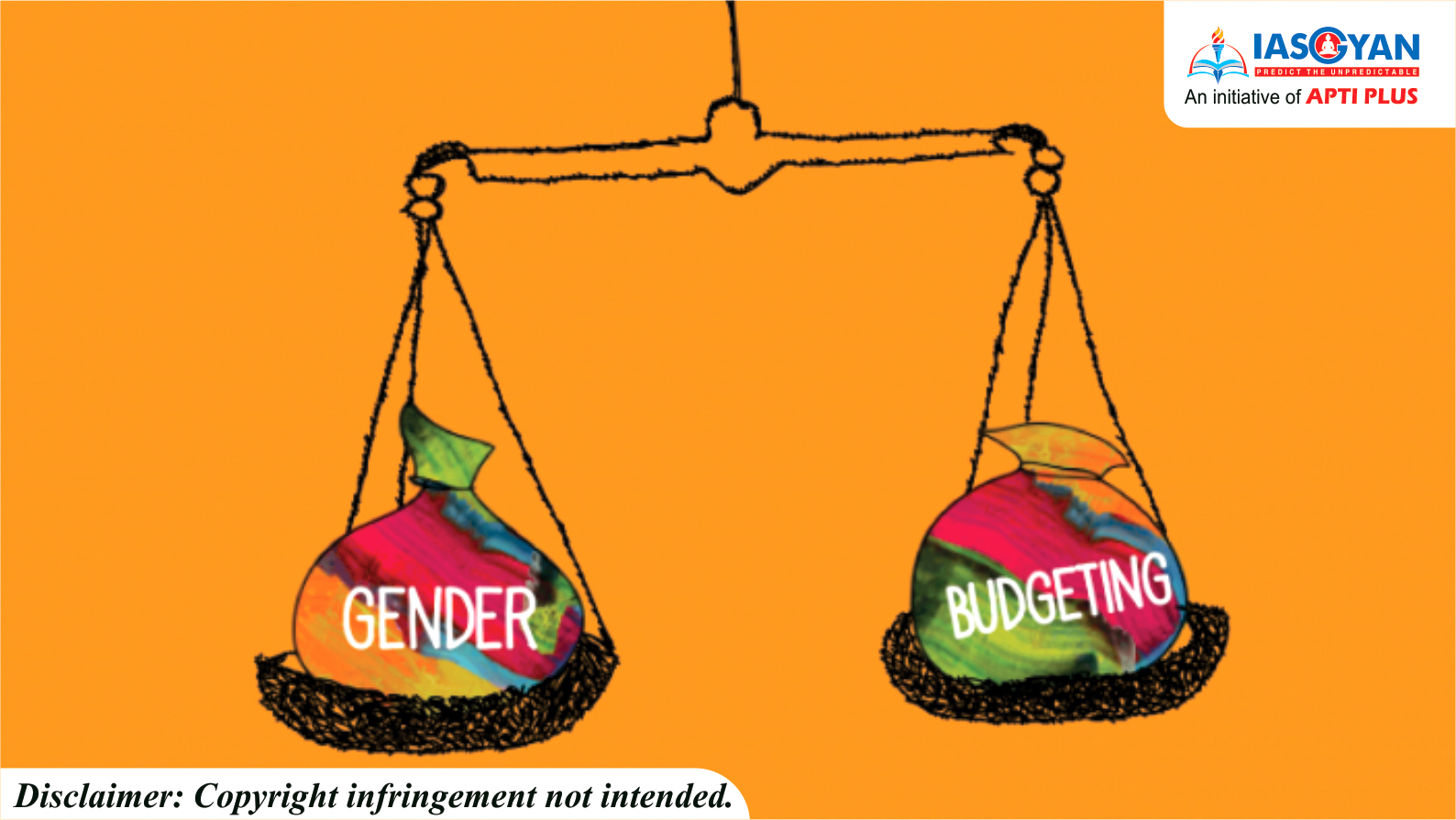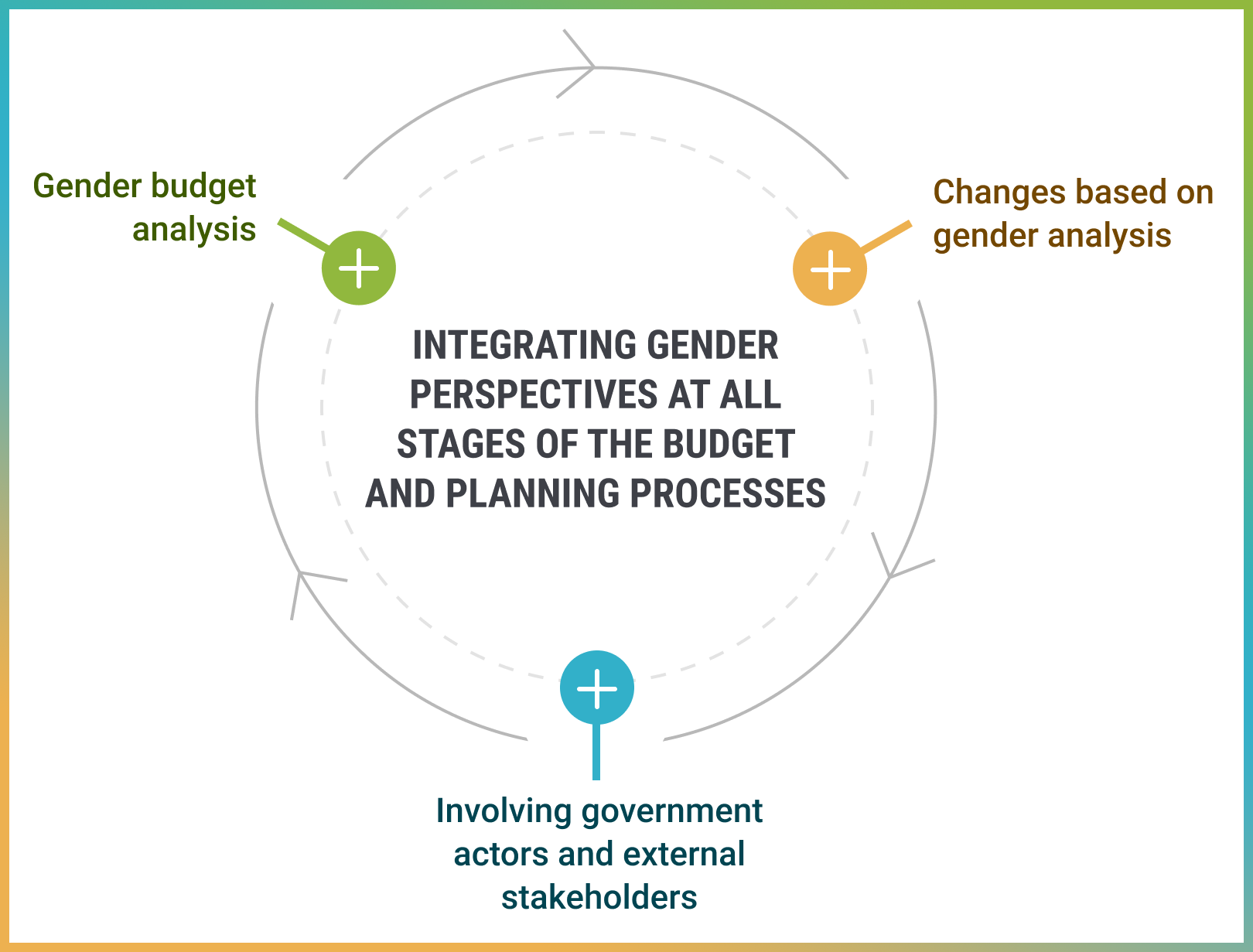




Gender gaps persist in education, employment, entrepreneurship and public life opportunities and outcomes. Gender budgeting is a way for governments to promote equality through the budget process. Gender budgeting means preparing budgets or analyzing them from a gender perspective. Also referred to as gender-sensitive budgeting, this practice does not entail dividing budgets for women. It aims at dealing with budgetary gender inequality issues, including gender hierarchies and the discrepancies between women's and men's salaries. At its core, gender budgeting is a feminist policy with a primary goal of re-orienting the allocation of public resources, advocating for an advanced decision-making role for women in important issues, and securing equity in the distribution of resources between men and women. Gender budgeting allows governments to promote equality through fiscal policies by taking analyses of a budget's differing impacts on the sexes as well as setting goals or targets for equality and allocating funds to support those goals. This practice does not always target intentional discrimination, but rather forces an awareness of the effects of financial schemes on all genders.
The rationale for gender budgeting arises from recognition of the fact that national budgets impact men and women differently through the pattern of resource allocation. Women, constitute 48% of India’s population, but they lag behind men on many social indicators like health, education, economic opportunities, etc. Hence, they warrant special attention due to their vulnerability and lack of access to resources. The way Government budgets allocate resources, has the potential to transform these gender inequalities. In view of this, Gender Budgeting, as a tool for achieving gender mainstreaming, has been propagated.

Greater participation of women in the economy
Currently, only 27% of Indian women are employed in the labour force. This is the lowest level of female employment in South Asia after Pakistan. A conscious effort to increase these levels through government policy can help increase the participation of women in the economy.
Female empowerment
In India, it is expected of a man to have a job and earn money. But for women, it is a different gameplay altogether. There are so many social and economic constraints. Increase in allocation of resources and opportunities can greatly help women to discover their life goals and explore them.
GDP boost
Equal representation of women and men in the workforce can have a great positive impact on the economy too. According to the International Monetary Fund, the Gross Domestic Product (GDP) in India could be boosted by 27% if women had the same opportunities as men.
Complex process
Gender budgeting is a complex process that aims to restructure the existing social, political and economic mechanisms of the country. Since, the inclusion of a gender budgeting statement in 2005, India has taken many steps towards equality. However, this hasn’t been without problems. For example, the Integrated Child Development Scheme (ICDS) was given 100% allocation for women. However, this scheme benefited both male and female children. Errors like this were spotted and corrected only later.
Gender budgeting may be complex but it is necessary for these actions to take place to increase gender responsiveness of the central government. Women are the backbone of the nation, but no amount of lip-service has helped bridge the gap between men and women in terms of gender equality. India as a nation is taking the steps to achieve gender equality but there is still a long way to go.
© 2025 iasgyan. All right reserved